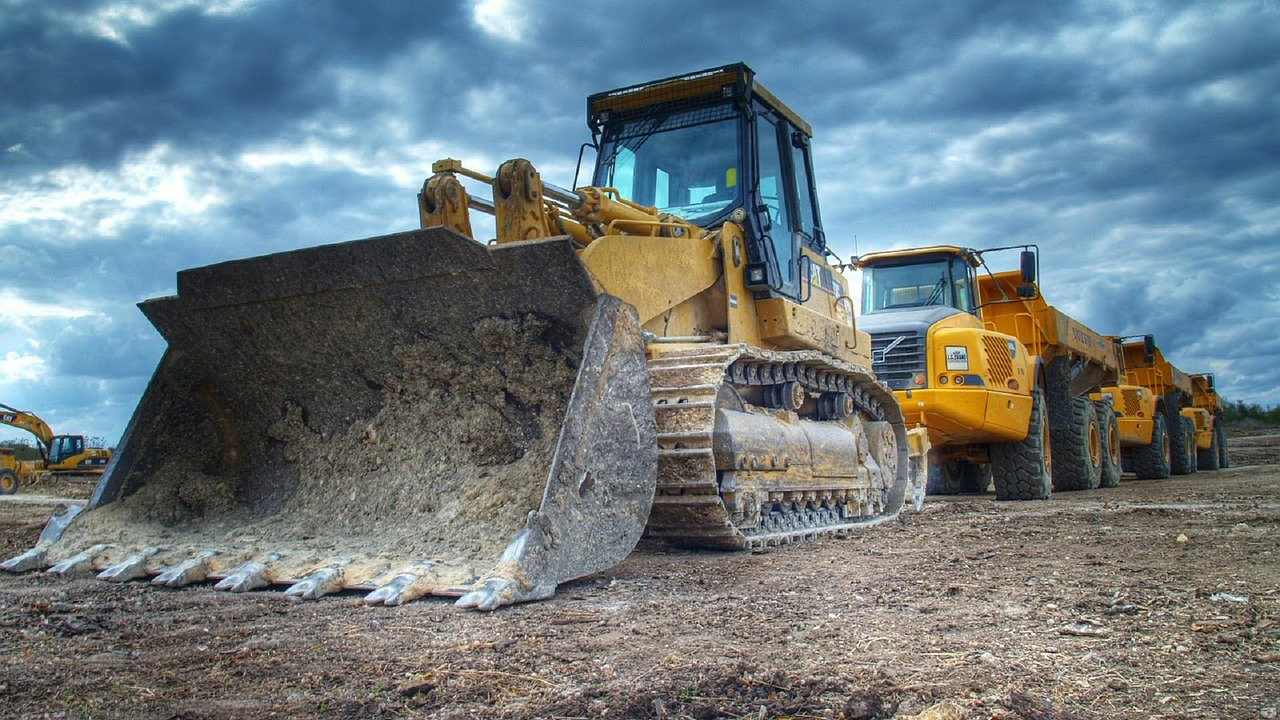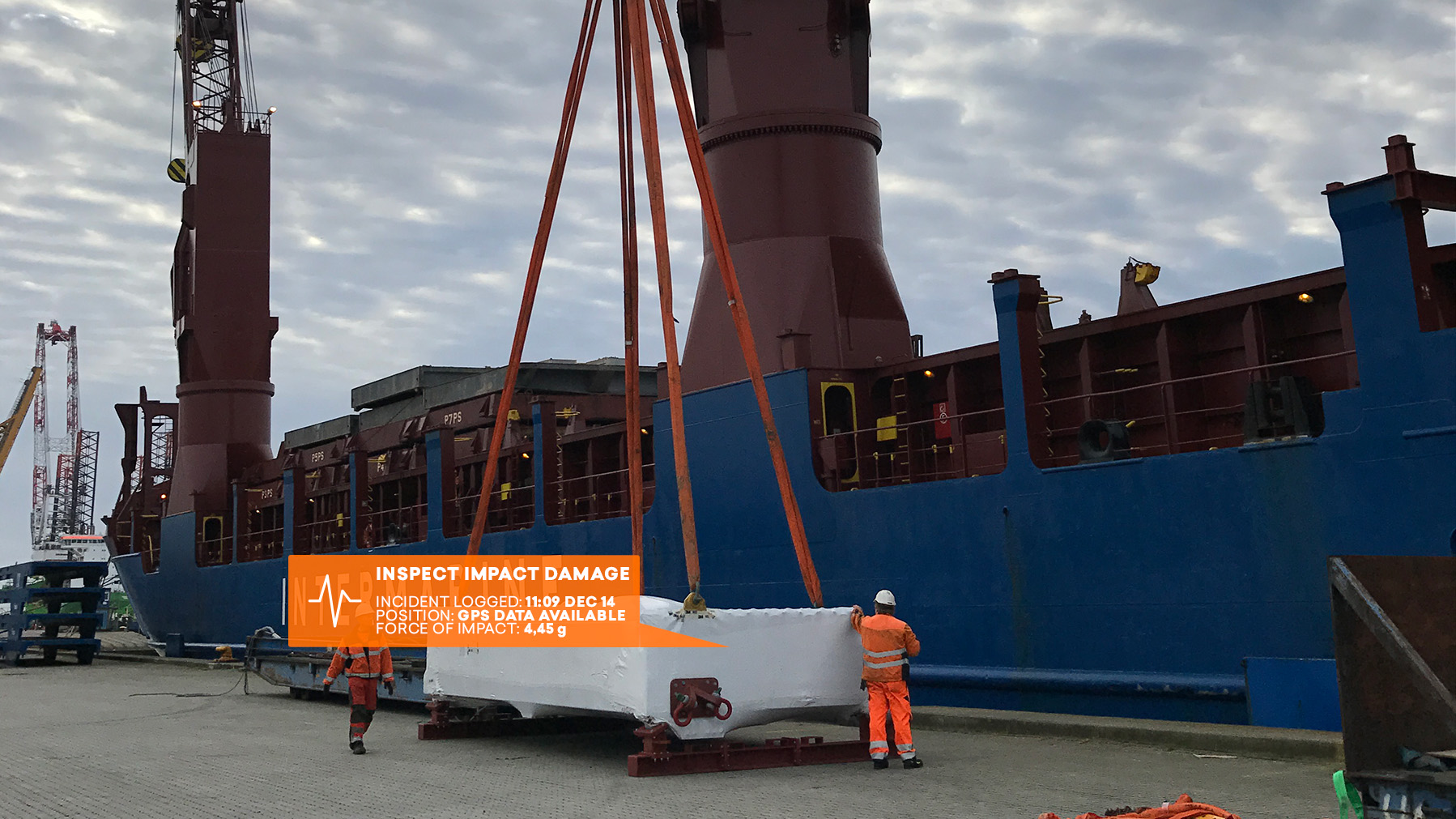Breakdown of machinery and tools should never come as a surprise. Even the toughest machines and hydraulic tools need service.
But they are often used in harsh, remote environments, and there is never a good time to take a machine or power tool out of use to send it away for service.
This is why you need predictive maintenance. By basing maintenance of your assets on actual usage, you avoid breakdowns and minimize downtime all while making sure service is performed when needed and on time.
Here is how.
1. Perform predictive maintenance based on actual data
In order to implement predictive maintenance in your workflow, you must collect actual usage data from your machines.
Log or note the running hours of assets like excavators, loaders, and trucks at the end of each workday. Or gather and keep track of the actual distance covered for assets like trailers or vans.
In this way, you can predict when to perform maintenance based on solid data and follow the exact service instructions from the manufacturer.
This avoids both taking in machines for unnecessary repairs and avoiding breakdowns due to poor unstructured maintenance.
2. Set up automatic service intervals based on use
When you have begun collecting and basing maintenance on actual usage data such as running hours or distance covered, it is time to take the next step in predictive maintenance.
Set up automatic service intervals for your assets based on the usage data. In this way, you can easily see when service is due for individual machines and vehicles based on their actual use.
This means you are always reminded when assets might need repairs before any accidents occur, and without relying on employees pointing out the need for repairs.
This is intelligent predictive maintenance and a real life-saver in a busy everyday workflow.
3. Include non-powered equipment such as trailers, hydraulic equipment and attachment tools
Think more broadly about predictive maintenance and include non-powered equipment such as trailers and attachment tools.
Service and maintenance based on usage data or distance covered are not only for machines with odometers or electrical assets that include counters.
Even power equipment, such as hydraulic crushers, buckets, or drills, should be part of your predictive maintenance routine.
When you automate your maintenance by tracking running hours across your key assets, it is really possible to avoid breakdowns and minimize downtime throughout your projects.
Predictive maintenance made easy with robust data loggers
For smaller businesses or on smaller projects, it is possible to log the use of each key asset at the end of a workday and hereby update actual usage yourself.
On larger projects or for equipment manufacturers, however, you need a more automized and digital solution to keep tabs on running hours to perform predictive maintenance.
Small, robust, and battery-powered IoT data loggers are the obvious choice for a modern and easy way to log actual usage. They can be mounted with bolts or magnets directly on machines and tools as they are designed for the harsh environment of industry.
In this way, predictive maintenance can be set up with automatic service intervals through the accompanying intelligent software solutions.
With all the benefits mentioned above in mind, the relatively small investment in IoT data loggers is a great way to get started – and keep going – with predictive maintenance.
Eliminate downtime to machines and equipment with effective predictive maintenance.
Collect data on running hours and set-up automatic service intervals on actual use.
An IoT tracking solution is an easy and affordable way to digitalize and do this all automatically.





